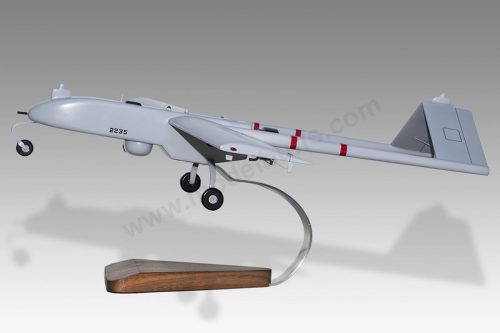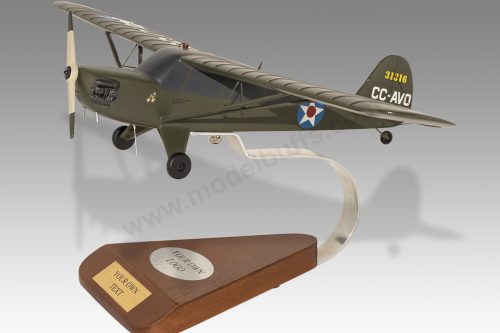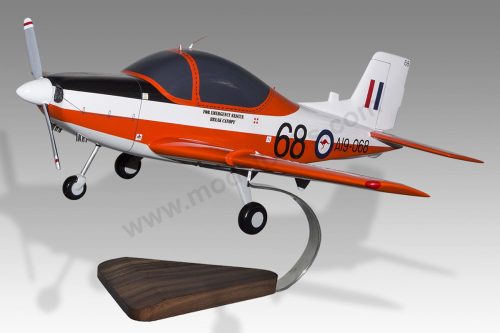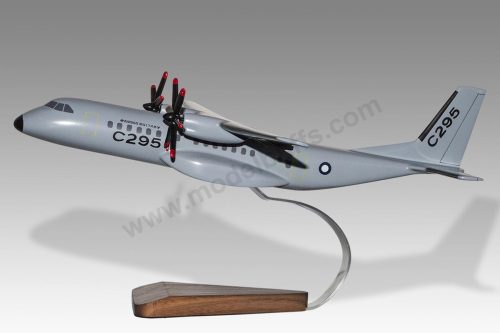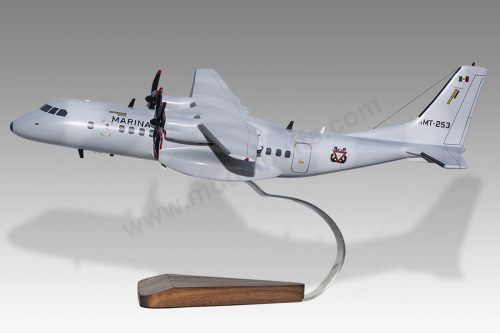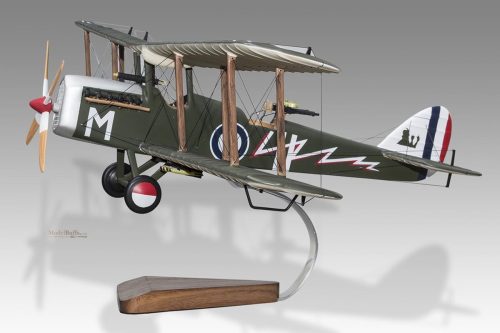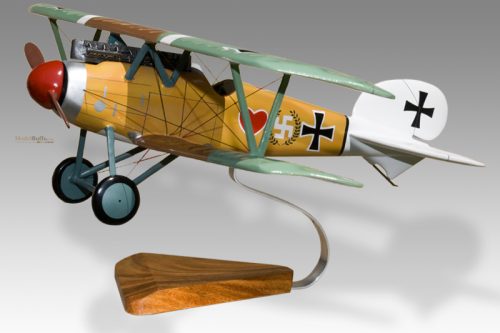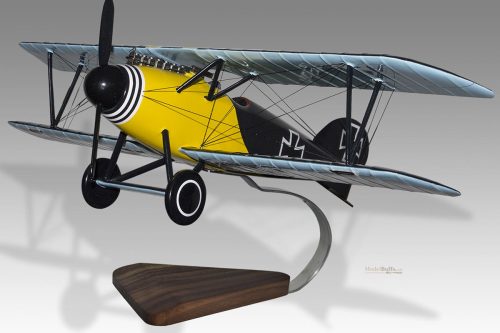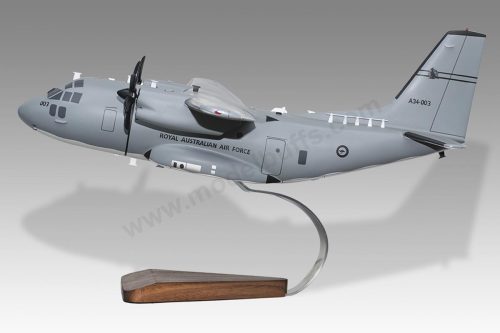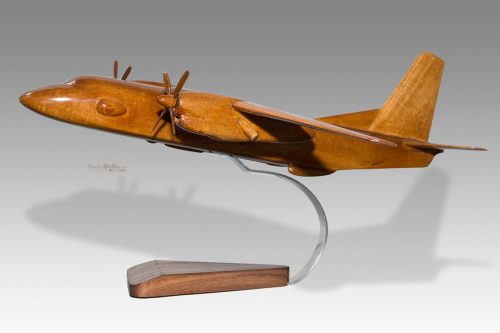The Importance of Propeller Aircraft in the Military
While jet aircraft dominate the skies in modern military operations, the role and importance of propeller-driven aircraft in military history cannot be overstated. From their advent in the early 20th century to their continued use today, propeller aircraft have played critical roles in various capacities. Here’s a closer look at their significance:
1. Early Air Supremacy:
When aircraft were first introduced to warfare during World War I, they were primarily propeller-driven biplanes and monoplanes. These aircraft initially served reconnaissance roles, but it wasn’t long before they were armed and engaged in dogfights. Aircraft such as the Sopwith Camel and Fokker Dr.I dominated the skies, laying the groundwork for future air-to-air combat.
2. World War II: The Pinnacle of Propeller Aircraft:
By World War II, propeller-driven planes had evolved significantly. Fighters like the Supermarine Spitfire, P-51 Mustang, and Mitsubishi Zero showcased the peak of propeller aircraft design. They played vital roles in achieving air superiority, which was pivotal in many campaigns.
Bombers, too, were essential. The Boeing B-17 Flying Fortress and the Avro Lancaster, among others, conducted strategic bombing campaigns that crippled enemy infrastructure.
3. Ground Attack and Close Air Support:
While jets often handle these roles now, propeller-driven aircraft like the P-47 Thunderbolt and Il-2 Sturmovik were renowned for their ground attack capabilities during WWII. Their slower speeds compared to jets allowed for more accurate targeting.
4. Versatility and Cost-Effectiveness:
In modern militaries, propeller aircraft like the C-130 Hercules transport and the A-1 Skyraider (used during the Vietnam War) have been lauded for their versatility. Their ability to take off from and land on short or improvised runways, combined with lower operating costs compared to jets, makes them invaluable in specific roles and theaters of operation.
5. Training:
Training new pilots using jet aircraft can be prohibitively expensive. Propeller-driven trainers, like the T-6 Texan II, provide a more economical means of training rookie pilots before they transition to faster, more complex jet aircraft.
6. Specialized Roles in Modern Times:
Modern turboprop aircraft, such as the U.S. Navy’s E-2 Hawkeye and the U.S. Air Force’s AC-130 gunship, serve specialized roles that jets might not perform as efficiently. Their endurance, loiter time, and operational costs offer advantages in specific missions.
7. Counter-insurgency and Light Attack Roles:
In low-intensity conflicts, propeller-driven aircraft like the A-29 Super Tucano or the AT-6 Wolverine are being employed for their cost-effectiveness, ease of use, and suitability for counter-insurgency roles.
In conclusion, while the roar of jet engines might dominate modern airbases, the hum of propellers has never truly gone silent. Propeller aircraft have shaped military aviation history and continue to serve in roles where they offer distinct advantages. Their legacy and continued utility underscore their enduring importance in the realm of military aviation.
If the model you require is not mentioned or shown below and is not listed for sale on our site just let us know what you need by clicking here.
Military Airplanes - Propeller
Military Airplanes - Propeller
Military Airplanes - Propeller
Military Airplanes - Propeller
Military Airplanes - Propeller
Military Airplanes - Propeller
Military Airplanes - Propeller
Military Airplanes - Propeller
Military Airplanes - Propeller
Military Airplanes - Propeller
Albatros D.V. Luftstreitkrafte Imperial German Air Service Model
Military Airplanes - Propeller
Military Airplanes - Propeller

